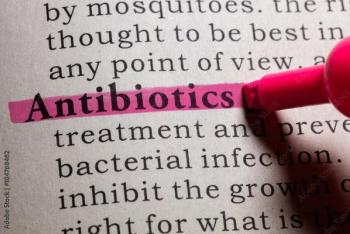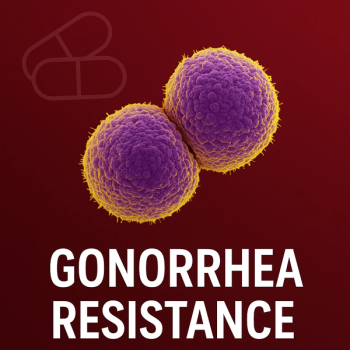
International Travel Drives Worldwide Spread of Antimicrobial Resistance
International travelers acquire antimicrobial resistance genes, including some not included in databases, a recent study confirmed.
International travel increases the spread of antimicrobial resistant pathogens, according to a new study that examined genes associated with resistance in the gut microbiome of travelers.
The study, published in
“We found significant travel-related increases in resistance gene acquisition, abundance, and diversity,” co-first author Alaric D'Souza, an MD/PhD student at Washington University School of Medicine in St. Louis told Contagion. “Which region a traveler visited significantly affected how their composition of resistance genes changed. These travel-related resistance gene acquisitions were against both commonly prescribed antibiotics and against last resort antibiotics. There was also significant association of resistance genes with mobile genetic elements, a primary mechanism of resistance gene spread between bacteria. Together, these findings provide strong support for international travel as a vector of global antimicrobial resistance spread of clinically important resistance genes and highlight the need for broader surveillance of returning travelers’ gut resistance genes.”
The travelers visited 4 geographic regions – Northern Africa, Easter Africa, Southern Asia and Southeastern Asia. The abundance of antimicrobial resistance (AMR) genes was significantly higher after travel than before, with increased α-diversity suggesting the acquisition of new AMR genes.
“After visiting foreign countries, Dutch travelers' resistance gene profiles looked more similar to each other than before travel,” D’Souza said. “This was surprising because the travelers were all coming from the same country. The effects of travel irrespective of destination on the resistome were strong. Travelers acquired some resistance genes that are not found in any resistance gene databases.”
The study was conducted with Maastricht University in the Netherlands and used fecal samples randomly selected from the larger Carriage of Multi-resistant Bacteria After Travel (COMBAT) study. The shotgun metagenomic sequencing method allowed investigators to get a more comprehensive view of organisms present than previous studies, which identified known pathogens.
Investigators identified 121 AMR genes in total, including 51 that were only identified by metagenomics sequencing. The study also found that 56 AMR genes were acquired during travel, including extended-spectrum β-lactamases (ESBL) and the plasmid-borne colistin resistance gene, mcr-1.
“Understanding how antibiotic resistance genes spread from country to country will help target public health measures to prevent their dissemination,” D’Souza said. “Preventing increases in resistance in lower income countries may benefit higher income countries also, because of the international spread of resistance genes.
“We measured resistance gene acquisitions by travelers, but we did not have any way to see if travelers are depositing resistance genes in their destinations. These transfers could be a two-way street.”
More research is needed to determine whether travelers are spreading resistance genes in the places they visit and how much they are spreading newly acquired resistance genes after they return home. The study may help inform efforts to implement public health measure to monitor and reduce antimicrobial resistance globally.
“Cooperative solutions are the only way to deal with rising resistance,” D’Souza said.
Antimicrobial resistance is recognized as a growing global health challenge, with health officials
Filmmaker Bill Mudge is drawing attention to the crisis, which the World Health Organization considers one of the biggest threats to global health, with the
Efforts include a
Newsletter
Stay ahead of emerging infectious disease threats with expert insights and breaking research. Subscribe now to get updates delivered straight to your inbox.



















































































































































































































































































